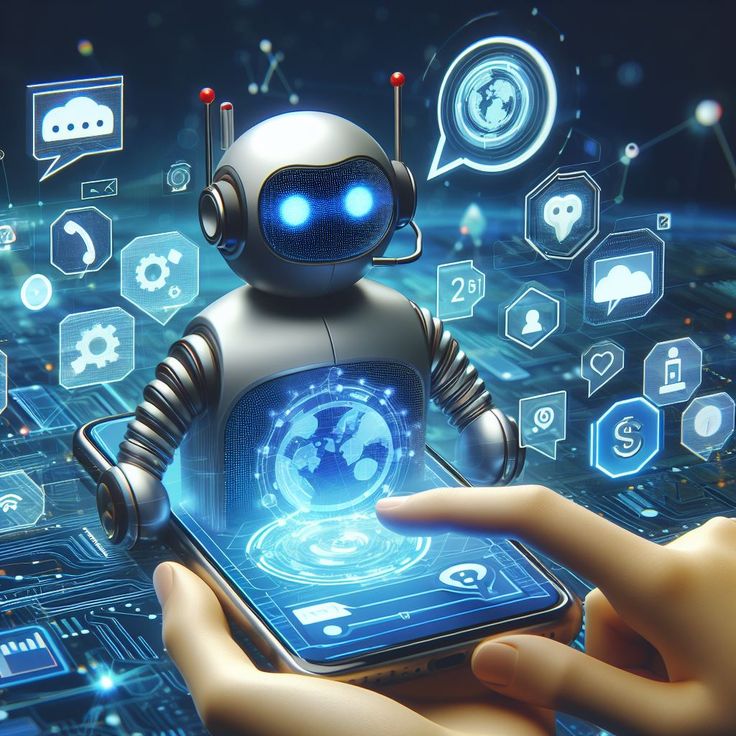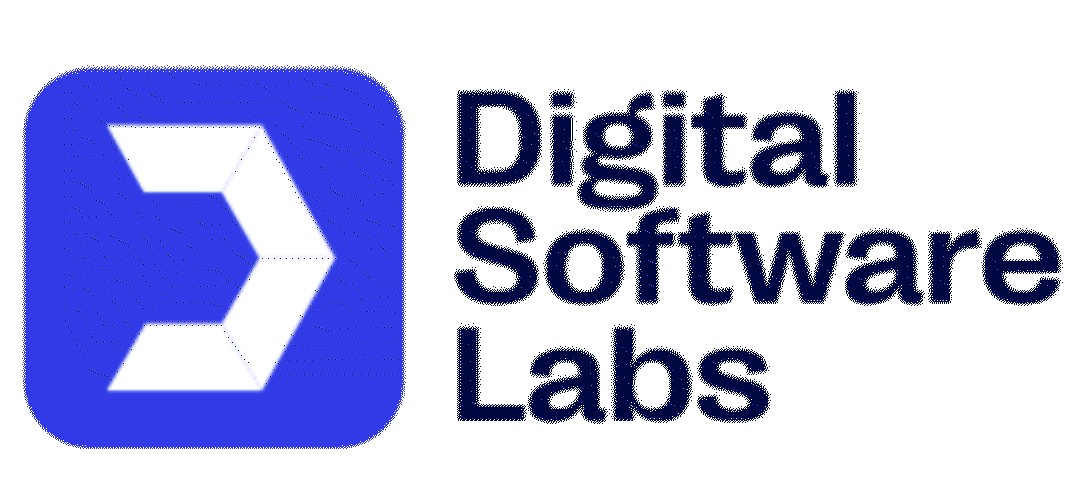
This shows that the behavior of using mobile devices is changing over time. With the use of smartphones and tablets in personal and corporate activities becoming ubiquitous, mobile apps are gradually establishing themselves as important means of achieving organizational objectives and gaining a competitive edge. Mobile applications have provided new avenues to enhance customer relations, employee engagement, business processes, and the ability to compete with technology-savvy competitors in particular for business entities. Therefore, the future for mobile application development is likely to be full of innovations as more and more organizations seek to exploit the possibilities of applications.
Existing Development of Business Apps

Already applications are as essential as air for various business processes such as communication, project management, training, sales, marketing and many others. From the latest polls conducted on business decision makers, more than two thirds of them indicated that their companies are already employing customer facing apps while slightly more than half reported the same for business facing apps. The most cited benefits were improved customer relations, faster access to information, efficient operations, and the ability to accommodate mobile workforces.
Yet, business app usage continues to grow at a fast pace—the same surveys revealed that about 80% of respondents expect to boost app development investments within the next twelve months. This demand for mobile applications is the new paradigm for the kinds of organizations that function in a world where technology and work are intrinsically linked.
Trends That Define the Future

There are several key trends that are poised to shape business app development over the coming years:There are several key trends that are poised to shape business app development over the coming years:
Wearable Applications – Smartwatches and other wearables are some of the trending devices in business for notifications, communication, biometric identification, and observing workplace risks. Wearable app integration provides additional functionality and versatile usage for mobile employees.
Internet of Things (IoT) – IoT technology utilizes device and sensor data and connectivity to generate insights and perform tasks. Enabling IoT features and data into apps allows for new possibilities in supply chain, manufacturing, healthcare, retail, and others.
High speed internet – The new cellular networks known as the 5G are launched in 2019 and promise much higher speeds and much broader data bandwidth. This increase in connectivity will allow for greater capabilities for media-rich, intelligent business apps.
Augmented Reality (AR) – AR places digital information on top of the real physical environment through a mobile device. Manufacturing, repair, design, construction industries are increasingly adopting AR business apps that offer remote assistance, visualization, and training.
Better Security – This is an especially important area since apps continue to store and process more and more critical operational data and activities. The process must be designed with risk management and enhanced security measures in mind since any loophole is likely to compromise a business’s fundamental framework.
Low-Code/No-Code Platforms – Due to the high demand for apps, companies are embracing low-code/no-code platforms that do not require conventional coding. These makes it easier and faster to create applications for users who may not have a technical background.
In addition to these technology shifts, there are several broader trends that are changing priorities and processes around business app development:In addition to these technology shifts, there are several broader trends that are changing priorities and processes around business app development:
Customer-Centric Design – There is more focus on customers’ experience, pain, and interactions as they apply to smooth app usage. User testing is an inherent part of design and thus of the agile and iterative approach.
Becoming Part of Work Technology Suite – Instead of being individual undertakings, apps are foundational building blocks of a multi-device, multi-software, multi-platform, multi-data environment system. API connection allows interoperability across platforms and applications.
Prioritization for Accessibility – Ensuring that Applications can be used by disabled persons is not only the right thing to do but also the law. Aspects such as accessibility for screen readers, contrasts, captions are considered as development best practices.
Purpose – App data storage, transmission, and user behavior have effects on the environment. More environmentally friendly approaches to coding such as data utilization, energy conservation, and recycling of gadgets are becoming the standard.
As business applications proliferate and integrate into almost every aspect of a contemporary enterprise, these trends point to how the next phase of app development seeks to enhance workers’ experiences while optimizing organizational performance and resilience. Once more a series of discrete initiatives, business application development is gradually turning into the continuous process that is part of the digital transformation. The firms that will keep on innovating and expanding the horizons and opportunities within this space will remain dominating their respective sectors for decades to come.

